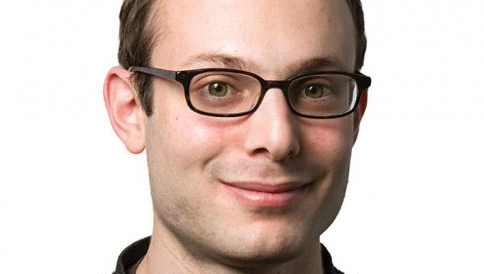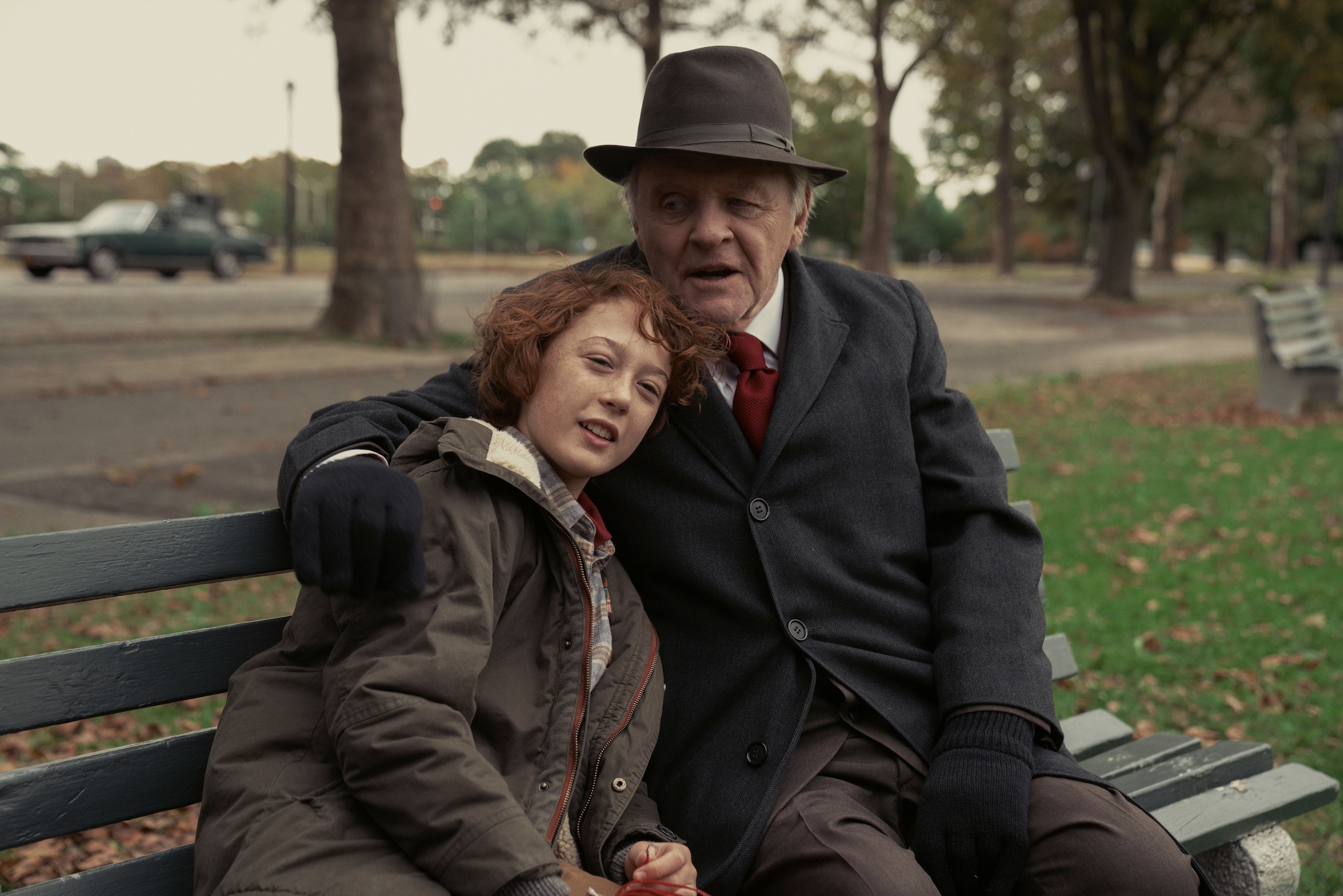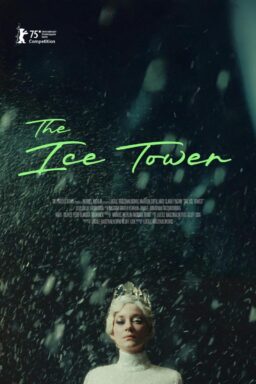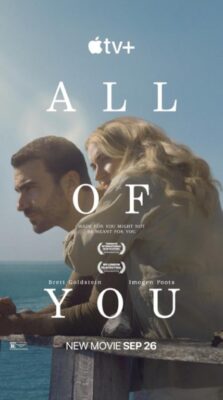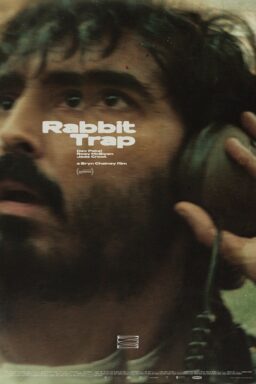In “Armageddon Time,” James Gray brings together all the ideas about class, opportunity, the immigrant experience, and life in New York that have run through his films since “Little Odessa.” It’s his best movie since “The Immigrant,” at least, and maybe his best movie, period—a forthrightly autobiographical coming-of-age picture that might look generic at first but steadily reveals an attention to detail that is rare. The specificity of character, of place, of advice given by a grandfather—they’re all the sorts of things that you could see haunting a 12-year-old for years, in ways that he would feel compelled to exorcise as an adult. The title, styled onscreen as graffiti, refers both to the Clash song “Armagideon Time” and to a line that Ronald Reagan, on the verge of making his 1980 presidential candidacy official, delivered to the televangelist Jim Bakker in 1979: “Do you ever feel that we might be the generation that sees Armageddon?”
That TV clip is shown in the film, which is technically set in 1980, when Paul Graff (Banks Repeta), whose name and red hair bear obvious similarities to the director’s, is starting sixth grade at a public school in Queens. A mild troublemaker, Paul becomes a kind of classroom two-man act with Johnny (Jaylin Webb), a Black student who consistently receives harsher punishment than Paul from their teacher (Andrew Polk). Paul wants to be an artist, an interest his English grandfather, Aaron (Anthony Hopkins), cultivates by buying him a paint set, even as Paul’s parents (Anne Hathaway and Jeremy Strong) see it as impractical. When the class is on a field trip to the Guggenheim, Gray momentarily uses the scene as an occasion for an “8½”-like interlude in which Paul’s former teachers pay tribute to him as a famous artist.
Paul is conscious of having advantages; when he and Johnny play hooky from the trip and explore Manhattan, Johnny points out that no punishment will come to him because his mom is president of the PTA. But the film lays out a clear hierarchy of privilege in which Paul clearly does not stand at the top. Aaron, the son of a Ukrainian-Jewish mother who saw her parents slaughtered in front of her, has worked hard to assimilate; he tells Paul that now that he has the last name Graff, he can blend in. But when Paul, having gotten in trouble in one time too many at public school, is enrolled at a private school called Forest Manor Prepartory, it takes a faculty member only a moment to get Paul to admit that Graff was changed from Greizerstein. At this school, Fred Trump (John Diehl) is a big donor, Maryanne Trump (Jessica Chastain in a cameo) pops in to give a motivational speech, and most of the kids are actually excited by the prospect of a President Reagan.
Johnny, meanwhile, can never step out of his skin. (Aaron advises Paul to “be a mensch” to Black and Hispanic kids who haven’t had his advantages.) “Armageddon Time” builds beautifully to a climax in which Paul is forced to grapple with whether he really does have his friend Johnny’s back. The dynamics of cruelty and compassion are well-etched: Irving, Paul’s father, beats him with a belt, but is also capable of giving his kids wise counsel at a funeral and, later, at what must be one of the lowest moments of Paul’s life. In his mannerisms here, Strong—just as excellent as on “Succession” but barely recognizable—uncannily resembles Gray, a booming personality who, one presumes, took after his dad.

I wouldn’t claim that any subject has been exhausted by cinema, but when it comes to movies about donkeys that pass from owner to owner bearing witness to the foibles and sins of humanity, I would think that Robert Bresson’s 1966 masterpiece “Au Hasard Balthazar“ said most of what needs to be said. But part of what’s disarming about “Eo,” a competition film from the Polish director Jerzy Skolimowski (“Deep End,” “Moonlighting“), is just how little Skolimowski seems to care that he’s appropriating one of the most famous and strange conceits in film history. He’s not even attempting to cover his tracks by making the animal a goat or an ibex. That’s a donkey right there. Its name is Eo, which sounds roughly the same in English and Polish (“ee-oh”), although for some reason the French subtitles translate it as “Hi-Han.”
The film opens with a disorienting sequence in which Eo is seen through the deep-red strobes of a circus show; it’s a difficult to tell at first whether the performer is trying to resuscitate the donkey or give it tender, almost sensual caresses. Over the course of the film, the animal passes from this moment of affection to an inevitable grim fate that is, chillingly, heard but not shown. Along the way, among other stops, Eo munches on grass contentedly as rival soccer fans brawl at a bar (a spasm of violence that ultimately reaches Eo, too); is loaded onto a truck to be made into salami, though another, unexpected slaughter forestalls that fate; and briefly lives at the home of a countess played by a famous actress whose appearance drew audible surprise from the audience. The tone is at once completely serious—there are allusions to Polish politics and history, as when Eo briefly wanders by a gravestone with Hebrew lettering—and tongue in cheek.
Bresson did not have access to the array of camera stabilizers and drones that Skolimowski has employed to mimic the donkey’s point of view, which is observed rigorously for long stretches. Nor did he have a penchant for trippy, psychedelic interludes. When the donkey gallops by a wind turbine, the camera rotates full-circle to keep pace the blades’ motion. The whole sequence is indescribable, frankly; it’s as if the donkey had strayed into the Stargate section of “2001: A Space Odyssey.” Extravagant praise, vicious dismissals, and wildly different interpretations all seem like possibilities with this film. With apologies to Bresson, it’s real cinema.

Putting the “Rod” before “Eo” is “Rodeo,” which screened in the festival’s Un Certain Regard section and is the first feature over an hour in length from the French director Lola Quivoron. A publicist pitched it to me as “The Fast and the Furious” crossed with “Titane,” but apart from having vague thematic connections with the former (thefts, fuel, “family”), it really falls much closer to the urban-realist mode of a Dardenne brothers picture, albeit one that occasionally dips into the realm of the fantastic. The movie opens with its motorcycle-enthusiast protagonist, Julia (Julie Ledru), already at high speed, making a fleet-footed escape. In what we eventually come to see as a recurring con, she shows up to buy a motorcycle and, pretending just to test it out, rides it away without paying. She links up with a gang of riders, befriending one, Kais (Yanis Lafki), and eventually earns the confidence of the group’s kingpin, Domino (Sébastien Schroeder), who runs the ring—and keeps a tight grip on the lives of his wife and child—from prison.
The movie sets up a high-stakes heist for a climax, then swerves into a dead end. “Rodeo” left me wondering what its point was, but it certainly has verve.
